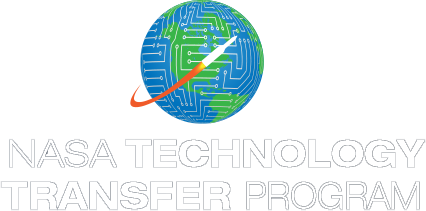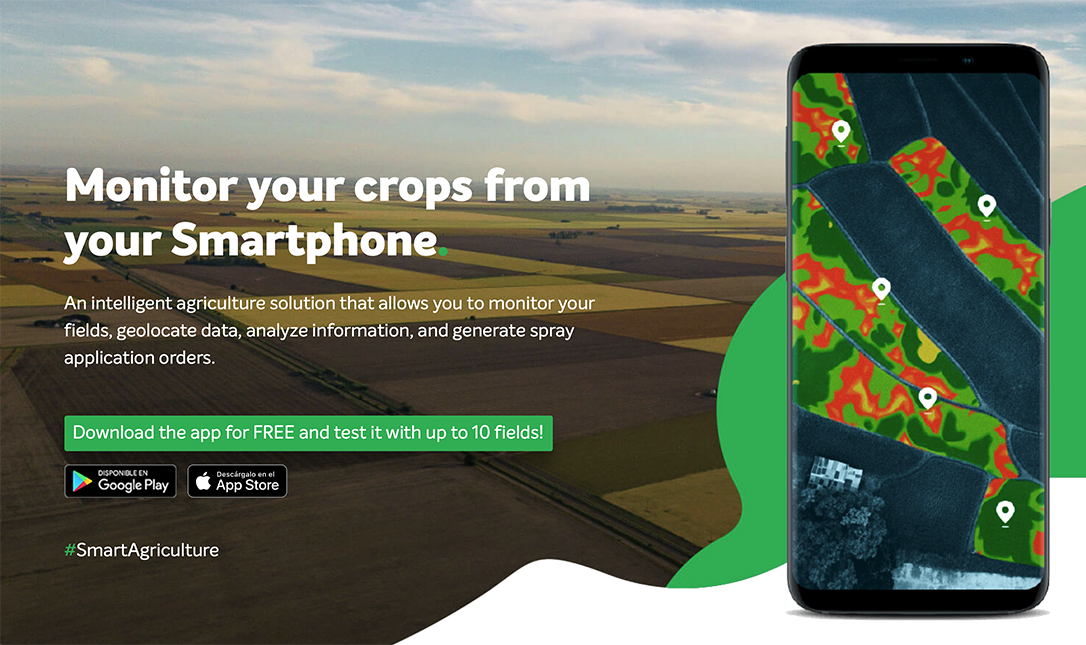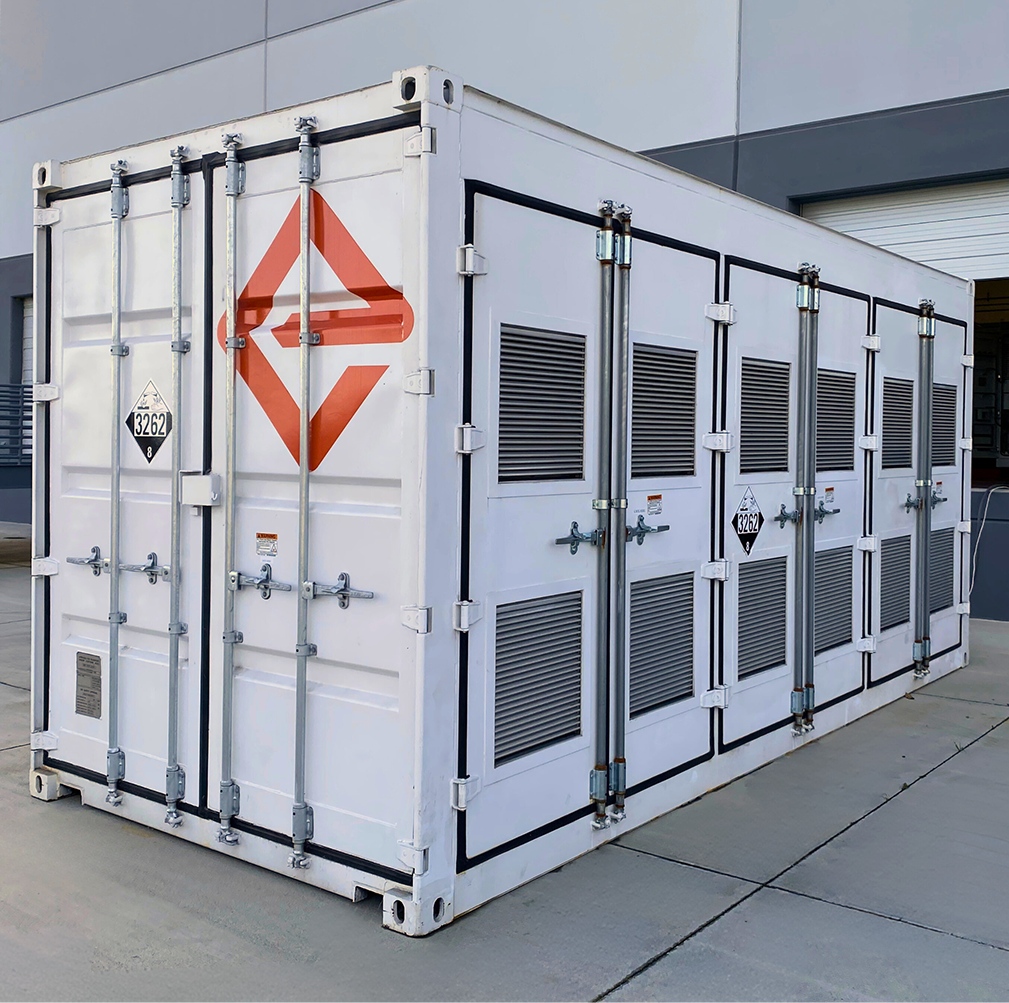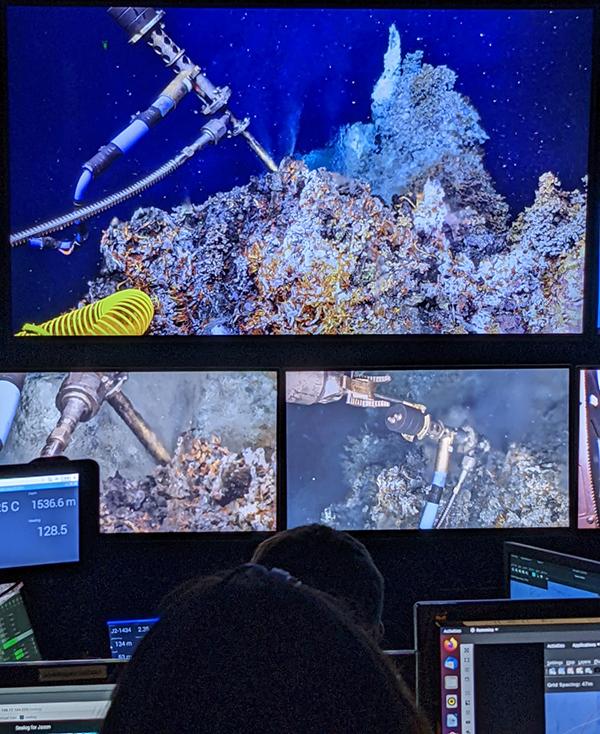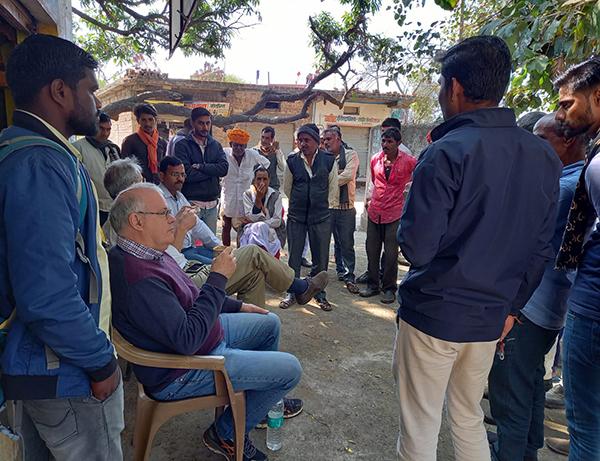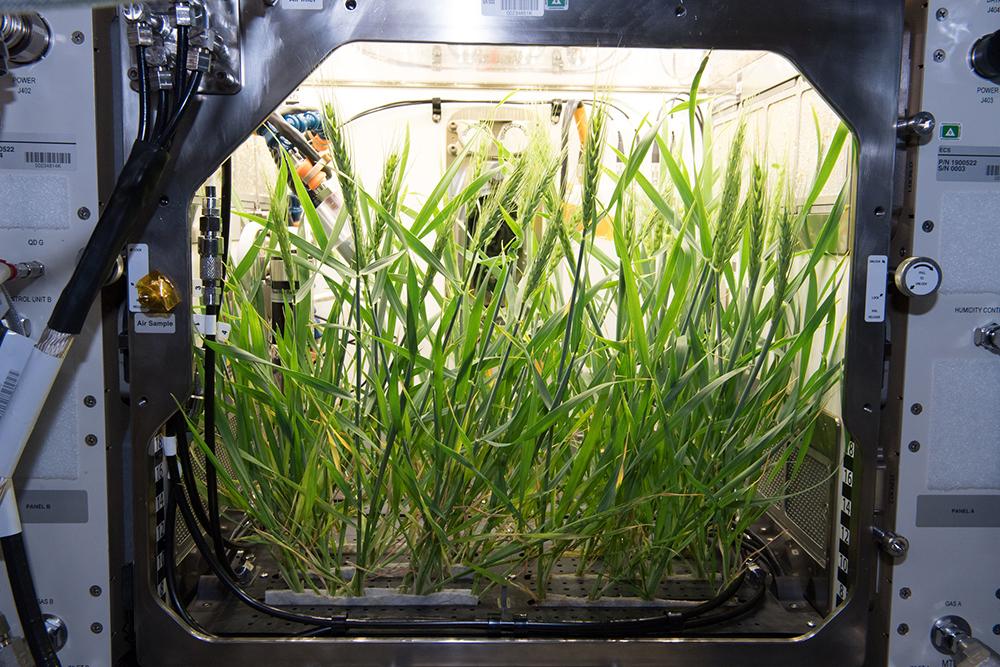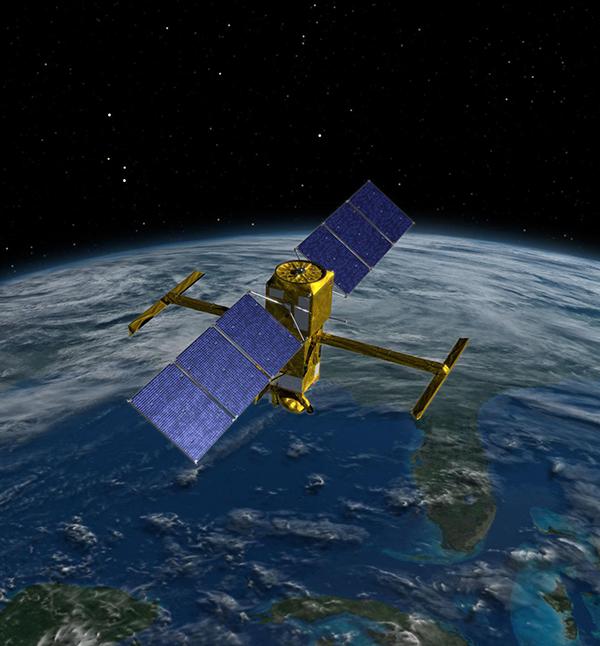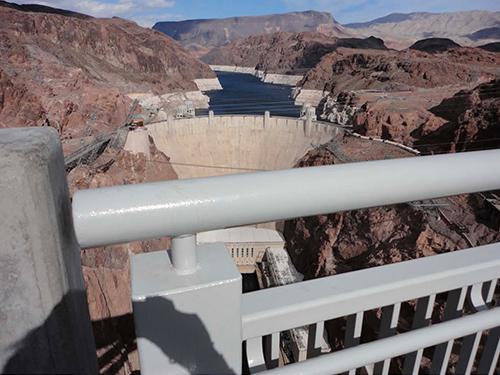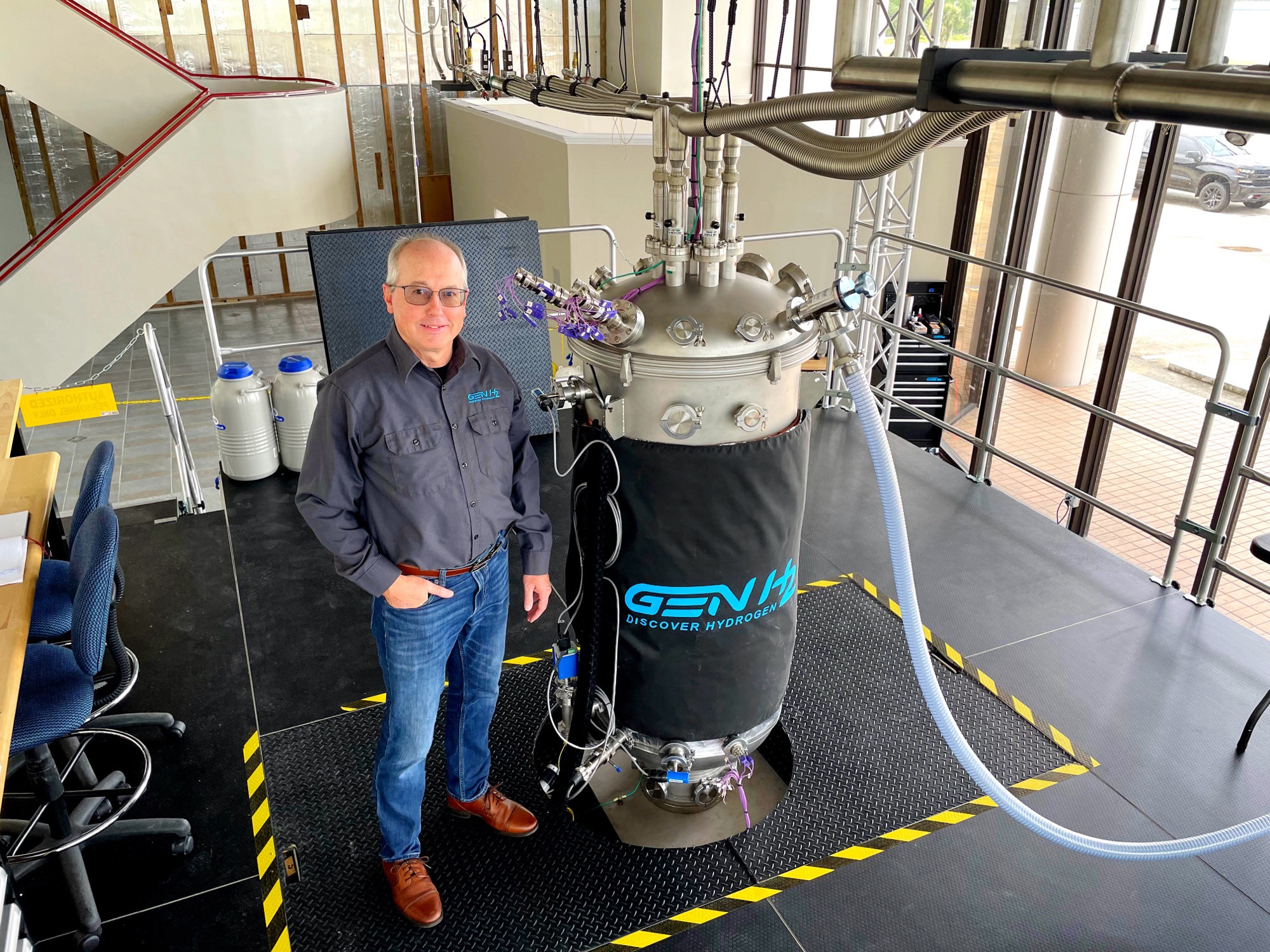
Scaling Up Hydrogen
Subheadline
NASA tech for measuring insulation efficiency is helping expand the hydrogen industry
When NASA engineer James Fesmire needed to measure the thermal performance of his flexible aerogel material three decades ago, there was no instrument sensitive enough to do it. So he invented one.
The latest iteration of that device, called a cryostat, is now poised to enable widespread industrial adoption of hydrogen, in liquid form, as an energy carrier.
"This is important for progress and the future," Fesmire said, explaining that the new Cryostat CS900 system is key to the practical handling of hydrogen, including liquefying, storing, and dispensing it.
The device is a simulation test platform that replicates real-world (and real-space) environments to demonstrate how liquid hydrogen and other cryogenic liquids behave under controlled conditions, generating data that is critical for developing advanced liquid hydrogen tanks for land, sea, and air vehicles; ground storage tanks; and the transfer piping between them.
The Vision to Carry It Forward
Fesmire’s work over 30 years ago to quantify the small amount of heat transmitted through blankets made with aerogel, which is still the best insulator on Earth, resulted in his first cryostat, a liquid nitrogen-based device to test thermal insulation at cryogenic temperatures. A second-generation version of that instrument, the Cryostat CS100, has been operating since 2006 at the Cryogenics Test Laboratory, which Fesmire founded at NASA’s Kennedy Space Center in Florida.
Fesmire went on to design a series of cryostats for NASA (Spinoff 2013) with different capabilities and improvements, all of which are now sold by GenH2 Corp., a Titusville, Florida-based company Fesmire cofounded just before retiring from the space agency in 2021.
GenH2 has licenses from NASA for four cryostat models and offers several others for which the space agency patents have expired. The company has successfully commercialized and sold three of those devices nationally and internationally to industry and academia.
“We are the inventors,” said Dr. Martha Williams, who joined GenH2’s founding team after a nearly 30-year career at Kennedy. “We have the licenses, but we also have the knowledge base and the vision to be able to carry the technologies forward.”
Keeping Up Standards
The body of knowledge Fesmire built at NASA with his cryostats and the libraries of data it generated provided the foundation for the first international standards for testing cryogenic insulation systems.
Adam Swanger, a colleague of Fesmire and Williams at NASA who now heads the Cryogenics Test Laboratory, said Fesmire’s standards and the ability to measure heat transfer at cryogenic temperatures have made fluid systems and liquid storage in general far more efficient.
For spaceflight, in the absence of air, rocket fuel requires an oxidizing propellant, typically liquid oxygen, with an extremely cold boiling point. Liquid hydrogen, NASA’s rocket fuel of choice, and also used for electrical power generation in space, is even colder.
“Insulation and proper characterization of it at these temperatures is crucial for designing efficient cryogenic propellant systems, especially for very large storage tanks like we have at Kennedy, and for long-duration spaceflight,” Swanger said.
Some boiloff losses are generally inevitable for liquid gases. “You can never stop the heat from getting to the liquid from the ambient environment — you can only slow it down, but you can slow it down significantly,” Swanger said. “The better the insulation is, the more you can slow it down. With less heat coming in, you reduce your losses for a more efficient and cost-effective system.”
GenH2’s Cryostat CS900, in addition to generating test data to guide the design of hydrogen storage and transportation systems, is poised to help GenH2 and other companies around the world develop additional standards for thermal insulation for cryogenic and other extreme applications. These standards will go on to inform even more efficient liquid hydrogen systems for everything from residential uses to the largest industrial applications.
‘We’re Doing This Because We Should’
“The field of cryogenics is foundational to some of the most impressive achievements in human history, including spaceflight,” Swanger said, citing MRI machines, particle accelerators, and space telescopes as technologies that depend on cryogenics. Cryostats, such as those offered by GenH2, also help optimize insulation for medical research, refrigeration, and food processing and transportation.
Liquid hydrogen is currently attracting significant investment around the world. “You can both produce and consume hydrogen — full life cycle — without any emissions,” Swanger noted. “Presently, it’s the only fuel that can claim that.”
The liquid hydrogen capability of the Cryostat CS900 “builds on a foundation of 30-plus years of NASA work,” Fesmire said. “Now we’re doing this because we should and because the markets require it.”
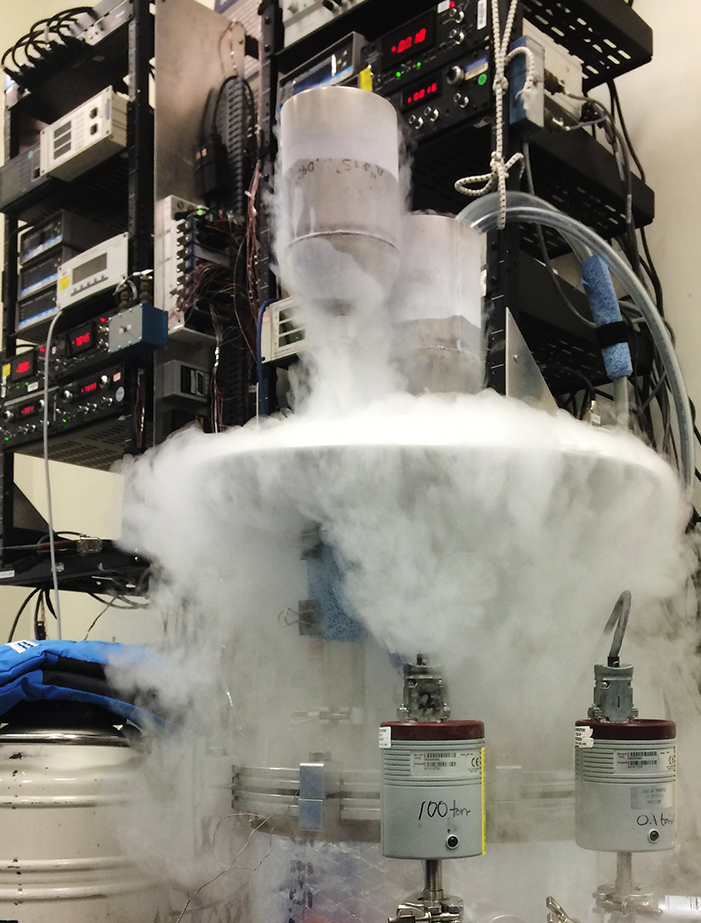
NASA’s Cryostat CS-500, pictured here as it cools down to cryogenic temperatures, was developed by GenH2 cofounder James Fesmire, when he headed the Cryogenics Test Laboratory at NASA’s Kennedy Space Center. Credit: NASA

GenH2 cofounder James Fesmire stands next to the Cryostat CS900, the latest and most capable device in his series of cryostats, most of which he originally developed for NASA’s Kennedy Space Center. Credit: GenH2 Corp.

